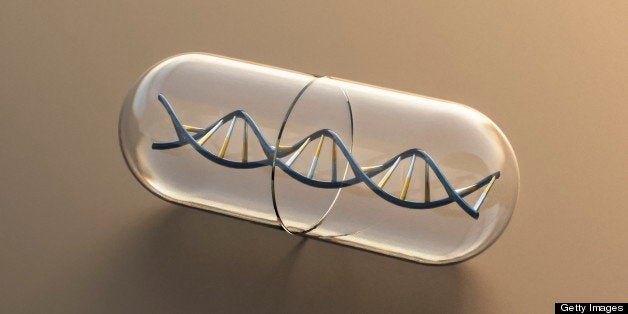
The advent of digital technology is considered one of the biggest revolutions of all time for how quickly and deeply it changed the world forever. However, I am about to convince you that an even more powerful revolution is coming, which goes under the name of synthetic biology. The potential of this discipline is very well understood in the biological scientific world, but it is now time that we made the general public increasingly more aware of the positive impact it will have on our lives.
What is synthetic biology (or synbio)? This can be quite a complex question to answer because this branch of science brings together people from many different fields (scientific and not) with the common goal of engineering, rewriting and standardizing the complexity of life.
An engineer is defined as a person who designs, builds, or maintains engines and machines. Imagine applying the engineering skills to a biological system: wow!
Biological life is a beautiful and complex world, and we are still very far from comprehending its origins or purpose. Nevertheless, we now know enough to be able to look at it as we would look at an ensemble of complex microscopic machines made of biological parts and engines. Every living cell is a little world in itself with tightly controlled and regulated mechanisms. Once understood, these mechanisms can be used to improve our quality of life. The beauty of synbio is its applicability to solving different problems of our modern society from bioremediation to sustainable energy production, molecular medicine or material science.
Dr. Venter and his efforts towards creating the first artificial form of life are famous in the synbio world. Venter's team might not have "created life" from scratch as yet, but they sure have succeeded in transforming one species of bacteria into another utilizing for the first time a completely artificially assembled chromosome!
While Venter and colleagues are busy re-creating life, in other laboratories around the globe, the interest is focused towards re-thinking the genetic alphabet. What if DNA was not the only code capable of heredity and evolution? Dr. Pinheiro and colleagues succeeded in proving just that, and they are now looking for practical applications for this unnatural genetic material.
If the complexity of biology is to be tamed, then standardization becomes of paramount importance. The synbio community understood this, and it is working towards building standard biological parts and methods that can be exchanged from one laboratory to another without the need to re-invent them all the time. The IGem public registry of standard biological parts, for instance, is a repertoire of Lego-like DNA building blocks (BioBricks) that can be used to design and assemble biological circuits. A similar spirit drives industry. The UK company Synthace is developing Antha: a high-level programming language for biology designed to make simple, reproducible and scalable workflows by stacking smart and reusable elements. The aim is to standardise biology and to make it more reproducible.
The advancement of the field in the past decade has been phenomenal. Suffice it to look at how many synbio start-up companies have been created and now thrive, almost ready to commercialize their products. Their main goal is to produce sustainable goods useful to solve modern society problems. Modern Meadow is trying to create animal food and sustainable animal materials without the need of animal slaughter and much lower use of land, water, energy and chemicals. Glowing plants (a company crowd funded on Kickstarter) is doing exactly what their name suggests: producing plants able to glow in the dark and that could one day substitute electric lighting.
The synbio community has tricks up their sleeve! Organisations such as SynBioBeta or competitions such as the one organized by IGem aim to facilitate communication and divulgation. They recognize the importance of engaging and bringing together, not only people from academia and industry, but also not (yet) experts in the field and young practitioners.
Synbio is a broad and quickly expanding community, and the examples I selected are only a few of the major amazing applications developed in recent years. I encourage everyone to expand his/her knowledge and make your own little research into this amazing broad new world of science. Synthetic biology is a reality and is going to change the world: be prepared for it!
